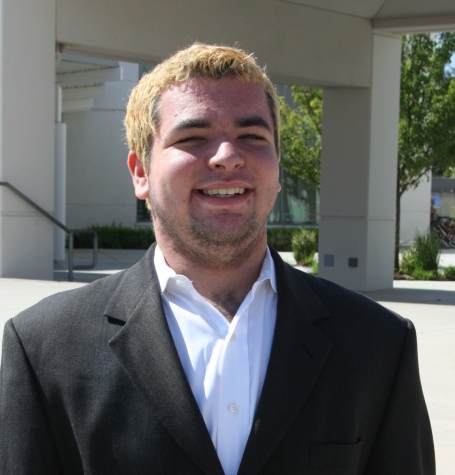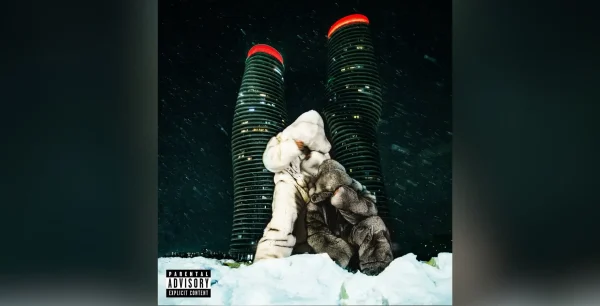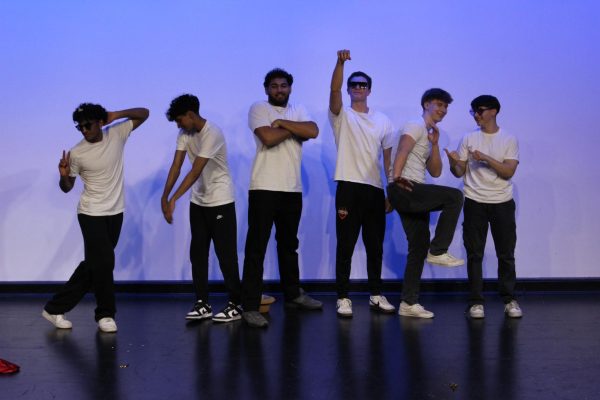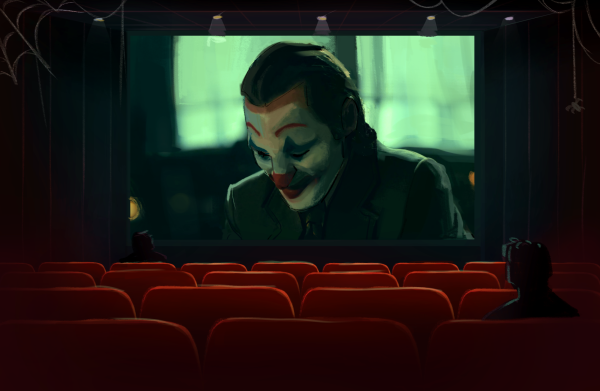LGBT characters make an impact in novels, movies, TV
The diversification of literature is reaching new levels. No longer is literature dominated by the straight, white, cisgendered male.
Lately, lesbian, gay, bisexual, transgender, queer, intersex, and asexual (LGBTQIA) characters have been appearing more frequently in books and movies.
This is fantastic for raising awareness and promoting equality.
Just 40 years ago, an LGBTQIA character would never have made it into media.
One of the first notable appearances of such a character was Jodie Dallas in “Soap,” who was a gay man played by Billy Crystal.
Dallas premiered in late 1997.
In those times, a novel featuring someone kissing the same gender would condemn the book to fail.
It probably wouldn’t even make it to publishing, and even if it did, it would receive extremely limited sales.
But times are beginning to change.
Recently, the character trope of “gay best friend” has become popular in all forms of media, and is the gateway for more to come.
Characters such as Alec Lightwood from “The Mortal Instruments” series and Damien in “Mean Girls” have introduced LGBTQIA characters into the matrix of fictional universes.
Lately, media has stepped it up a bit by introducing a gay main character.
Movies such as “GBF” (standing for Gay Best Friend), which uses irony to mock the above stereotype.
“Geography Club,” which showcases the problems facing closeted teens in high school, helped diversify the public outlook on LGBTQIA people.
The LGBTQIA acronym stands for more than just homosexuality and bisexuality. It includes transgender, intersex, and the asexual spectrum, none of which receive adequate representation.
Transgender people do not identify with the gender they were born with.
Instead, they either identify with the opposite gender, or with a gender outside of the binary gender system.
The only notable transgender character is Unique on “Glee,” which is ending after this season.
Many people still have false notions about transgender people, which can be ended with just a bit more true representation.
The asexual spectrum defines those who feel no or next to no sexual attraction.
True asexual people have no sexual attraction whatsoever, whereas demisexuals only feel sexual attraction once they are emotionally attached.
I can’t think of any particularly notable characters on the asexual spectrum.
That is simply terrible, considering that they are even more misunderstood than transgender people, to the point that they are almost being erased from society.
The only times I’ve seen even minor asexual characters in media, they’ve almost always realized that they “just needed to find the right person” and end up with a “happily ever after.”
This is completely disgusting, considering that it belittles and demeans actual asexual people.
In fact, the idea seen in that trope is demisexuality, not true asexuality.
My point is, we’re on the right track with literature, but there is still a lot more work that needs to be done.
Transgender, gender neutral, gender-fluid, asexual, and many more are woefully underdeveloped in fictional media.
It’s important to realize the scope of what writers need to do.
Society needs to understand that media, whether it be literature, movies, television, or any other kind, is the main way to spread awareness to the ignorant.
When media diversifies, society’s view diversifies.
So yes, literature is heading in the right direction. We’re seeing more types of people already.
There’s a lot more ahead, and I’m excited to see what the future holds for literature.





Patrick • Mar 19, 2015 at 7:25 am
Forty years ago was 1975…
To clarify… the first gay characters to be portrayed in “modern” entertainment were as follows:
There were a number of films prior to 1975 that portrayed gay characters. The issue then was that they were almost always played as comic clowns at best and sociopaths at worst. Often times the homosexuality of the character was more implied than shown. Films like
1931’s “The Public Enemy”, 1945’s “The Lost Weekend”, 1948’s “Rope” & 1951’s “Strangers on a Train” (both directed by Alfred Hitchcock), 1959’s “Some Like it Hot” all had gay characters or at least inferred as such.
Perhaps the first sympathetic portrayal came in 1934 when “The Children’s Hour”, a play written by Lilian Hellman premiered on Broadway. The play is set at an all-girls boarding school run by two women. A student accuses the two women of having a lesbian affair, an accusation which destroys their lives. The play was a huge hit despite the fact that at the time it was illegal in New York to make any reference to homosexuality on stage.
In 1962, the film “Advise and Consent”, based on the Pulitzer Prize winning novel, was released in theaters. The film featured a rookie senator with a homosexual past as one of its main characters.
A Made-for-TV Movie (a popular and common occurrence in the 1970’s); That Certain Summer, aired as the ABC Movie of the Week on November 1, 1972. This was the first TV movie to deal with homosexuality in a sympathetic light. It starred Martin Sheen and Hal Holbrook as a gay couple. Both Sheen and Holbrook were well known stars at the time and taking these roles was seen as a risk to their careers.
The first TV series to have gay characters as part of the regular cast was a short-lived program called “Hot l Baltimore” (named for the marquee of the Hotel where the show was based) which debuted in January of 1975. The show, produced by Norman Lear (who was producer of the landmark TV show “All In The Family”) only lasted 13 episodes.
Finally, the character of Jody Dallas premiered in 1977 (not ’97) on a show called “Soap” which was a comedy sendup off the daily TV soap operas of the time. “Soap” ran for 4 seasons and was a top-twenty show during its first two seasons.
FYI – The TV Show “Dallas” ran from 1978-1991 and a remake aired in 2012. No gay characters were part of the original Dallas TV show.